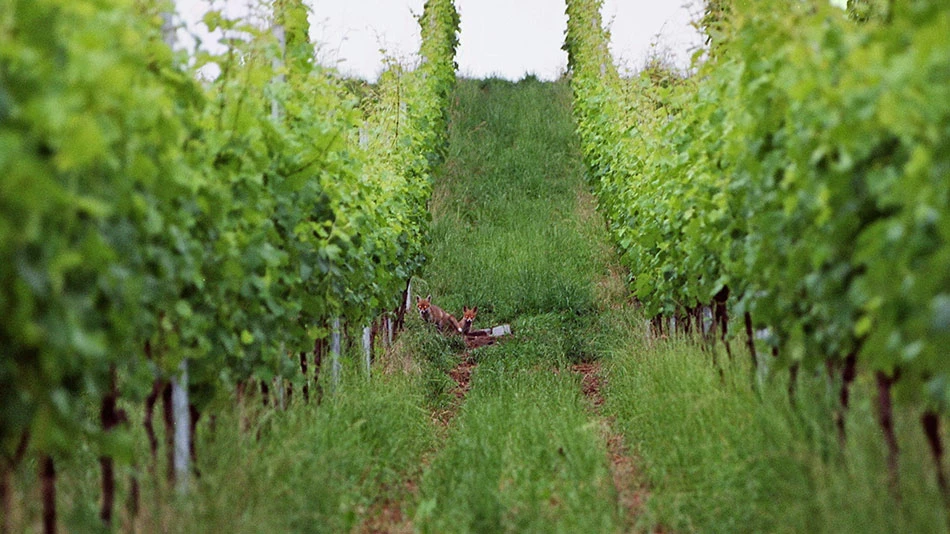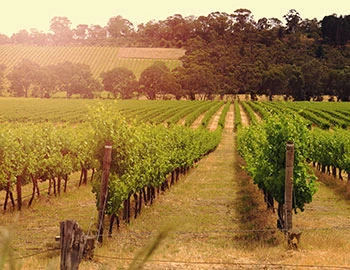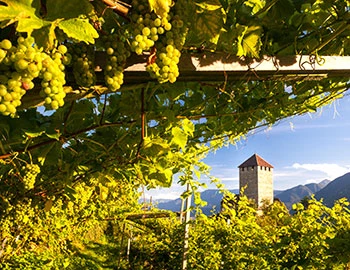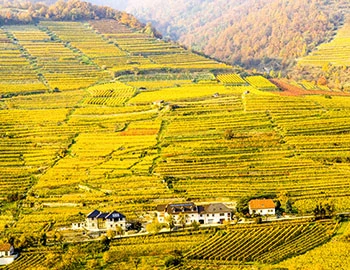Thurgau
Thurgau: a small wine canton shows contour
Although Thurgau is a smaller wine-growing canton, with a cultivation area of just 260 hectares, six different growing zones can be differentiated here. The heart of viticulture in Thurgau is the Thur valley, with its two prestigious sites, Ottenberg at Weinfelden, and Iselisberg near the canton's capital, Frauenfeld. The reference variety is very clearly Pinot Noir, from which a series of premium wines is produced today. But red and white specialties are also on the rise. And the long-spurned Müller-Thurgau variety is experiencing a renaissance.
In some ways, Thurgau is the Müller-Thurgau’s homeland. After all, the creator of this variety, Hermann Müller, was born in 1850 in Tägerwilen, Thurgau. He crossed his Müller-Thurgau variety, which is especially successful in Germany and Switzerland, in the German city of Geisenheim. Müller's home canton became part of the variety's to distinguish Hermann Müller from other botanists named Müller. In the 1990s, the Müller-Thurgau variety went out of fashion. However, since it is vinified without malo-lactic fermentation and presents succinct primary fruit and dancing freshness, it is once again on the rise.
Pinot Noir
Blauburgunder (as Pinot Noir is called here) plays the leading role in Thurgau's viticulture, cultivated on 150 of the total of 260 hectares. It has evolved over the past 30 years from the simple and drinkable “Beerliwein” into complex, oak-matured wines following the Burgundian example. The best Pinots from Thurgau have long been in the Swiss top league. The best-known locations are Ottenberg (Weinfelden) and Iselisberg (in Frauenfeld), where the vines are rooted in slopes facing perfectly south.
A “cool climate” area
Thurgau’s vineyards are not just high in the north of Switzerland, but, at 450 to 600 metres above sea level, are also comparatively high in elevation. In addition, there is usually slightly more than 1,000 millimetres of rain per year per square metre. All of these factors make Thurgau a typical “cool climate” wine-growing area. The vines are rooted mainly in rather heavy, nutrient-rich moraine soils with a lot of loam and varying proportions of lime, gravel and sand.
Although the Müller-Thurgau and Blauburgunder varieties clearly set the tone, with a total of over 200 hectares of vineyard area, specialties are also gaining momentum. The aromatic, fresh and fruity Sauvignon Blancs are a real find. But Weissburgunder, Garanoir and a number of fungus-resistant new varieties also yield high-quality wines.
.




